London Wildlife Sites Board
The London Wildlife Sites Board (LWSB), chaired by the Greater London Authority (GLA) offers help and guidance on the selection of SINCs.
It was set up to support and guide boroughs in selecting sites, to help provide a transparent and consistent approach across London and ensure the process is consistent with national and regional policy and guidance. Local Planning Authorities should come to the Board for advice and recommendations on newly proposed or amended changes to Metropolitan grade SINCs, the overall site selection process and changes to relevant policies and procedures.
The SINC selection process and the LWSB’s roles and responsibilities are set out in a SINC Selection Process guidance. More information can be found on the GLA webpage.
The LWSB will be meeting on these dates:
- 9th June 2025
- 8th September 2025
- 8th December 2025
- March 2026
To book your slot on the agenda, please email biodiversity@london.gov.uk to check for availability and to discuss your needs further. Documents and proposals must be submitted at least two weeks prior to the meeting you are booked in.
Meeting summaries:
Board members
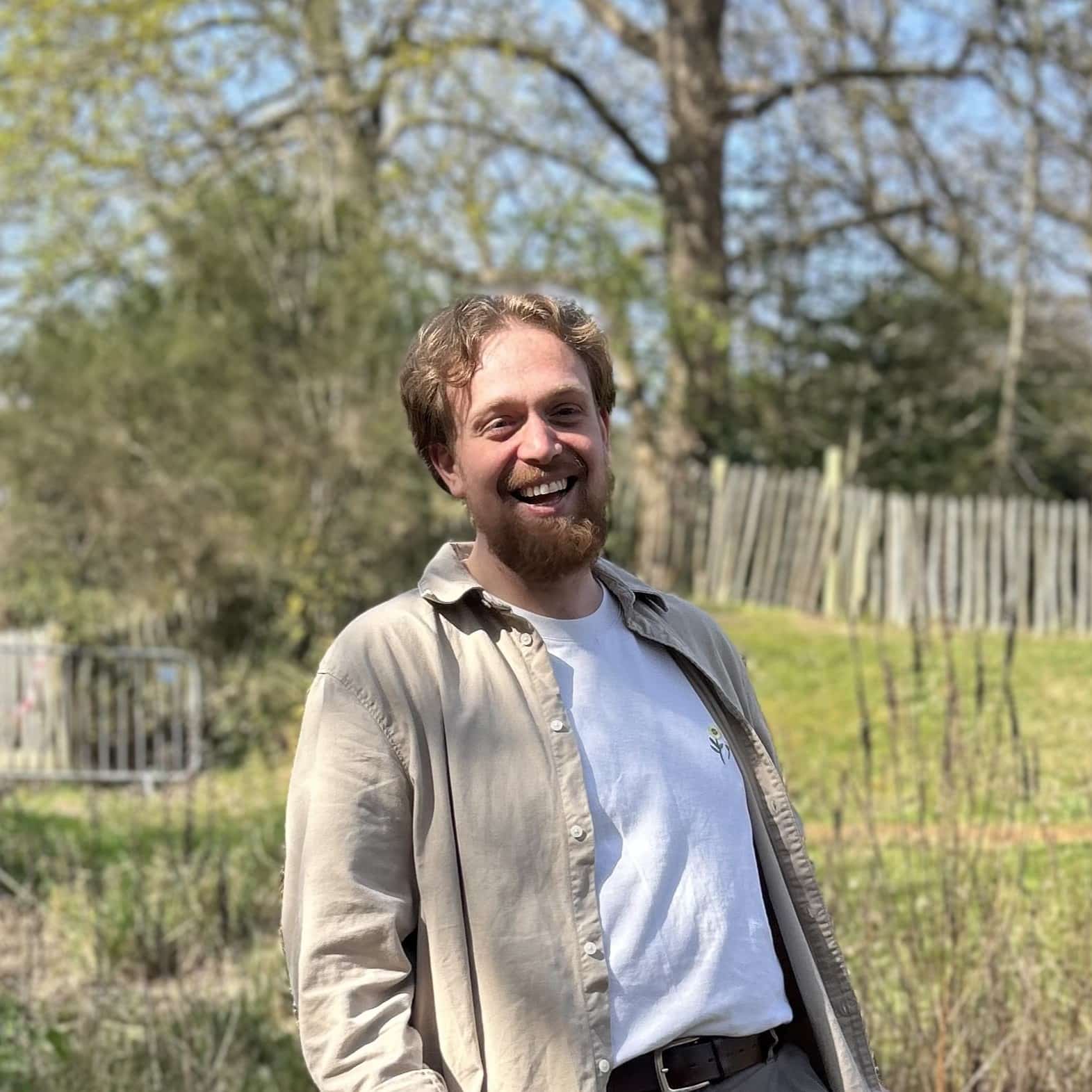
Ben Bishop
Local Authority (City of London)
Ben is an Environmental Resilience Officer for the City Corporation, focusing on biodiversity, ecology, and nature based solutions for climate adaptation and resilience. Through his work he manages the delivery of climate action projects implementing urban greening across the Square Mile for resilience and biodiversity enhancement. In his role he works strategically across the organisation working with key stakeholders to coordinate biodiversity objectives in services such as planning, development and wider operations. He also works more directly with teams that manage the City Corporation’s iconic portfolio of open spaces to investigate climate related impacts such as drought, Invasive non-native species (INNS), plant pests and diseases.
In his previous role at Cody Dock, a community project based in East London, he managed the Environment and Conservation programme. Through this he engaged thousands of volunteers in conservation, monitoring and education, as well as supporting the delivery of several successful grant projects enabling local engagement in place-based conservation. He also fostered strong relationships with schools and universities resulting in several collaborative projects and coordinated a feature piece in BBC’s ‘Saving our Wild Isles‘. He has worked in urban nature conservation for eight years, taking a cross-disciplinary approach to engage communities, schools, universities, engineers and developers.
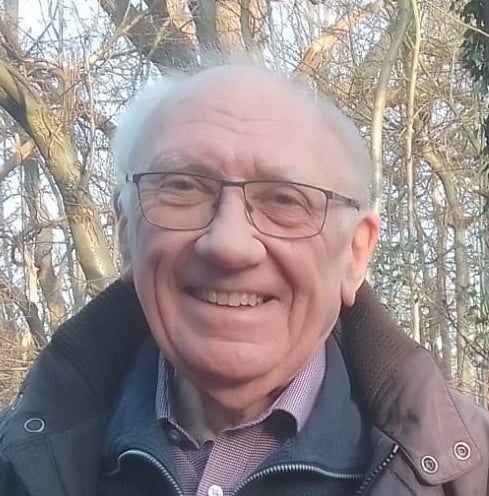
Laurie Baker
Environmental NGO (London Geodiversity Partnership)
Laurie has been involved with the London Geodiversity Partnership since 2008 and is their current Chair. He has been integral in the LGP revision of the sites directory of London’s Foundations and revisions of the five-year Action Plan. He is a member of the Geologists’ Association and the Open University Geological Society London branch.
Also, he has been involved with ecology and the environment in South East London for about 30 years.
Liam Nash
Local Authority (LB Southwark)
Liam Nash is an ecologist for the London Borough of Southwark, as well as an award-winning researcher with a PhD in Ecology from Queen Mary University of London.
He currently delivers Southwark’s community-focussed, borough-wide ecology programme – the Southwark Nature Action Plan. This includes supporting resident-led biodiversity projects and the Southwark Biodiversity Partnership, developing volunteering and engagement activities, implementing biological recording, and providing ecological expertise to grounds maintenance, highways, housing, and parks teams. Now, he is overseeing a review of Southwark’s 93 Sites of Importance of Nature Conservation (SINCs), to protect and enhance them in the long term.
Previously, he worked on diverse biological research projects, and has published research on catastrophic insect declines in South America, riparian zone ecology and the impact of climate change on tropical insects.
His favourite SINC is Burgess Park. Carved out of bomb sites and slum clearances, this extremely well-used inner-city park represents how London’s diverse residents can happily co-exist alongside biodiverse habitats and urban wildlife.
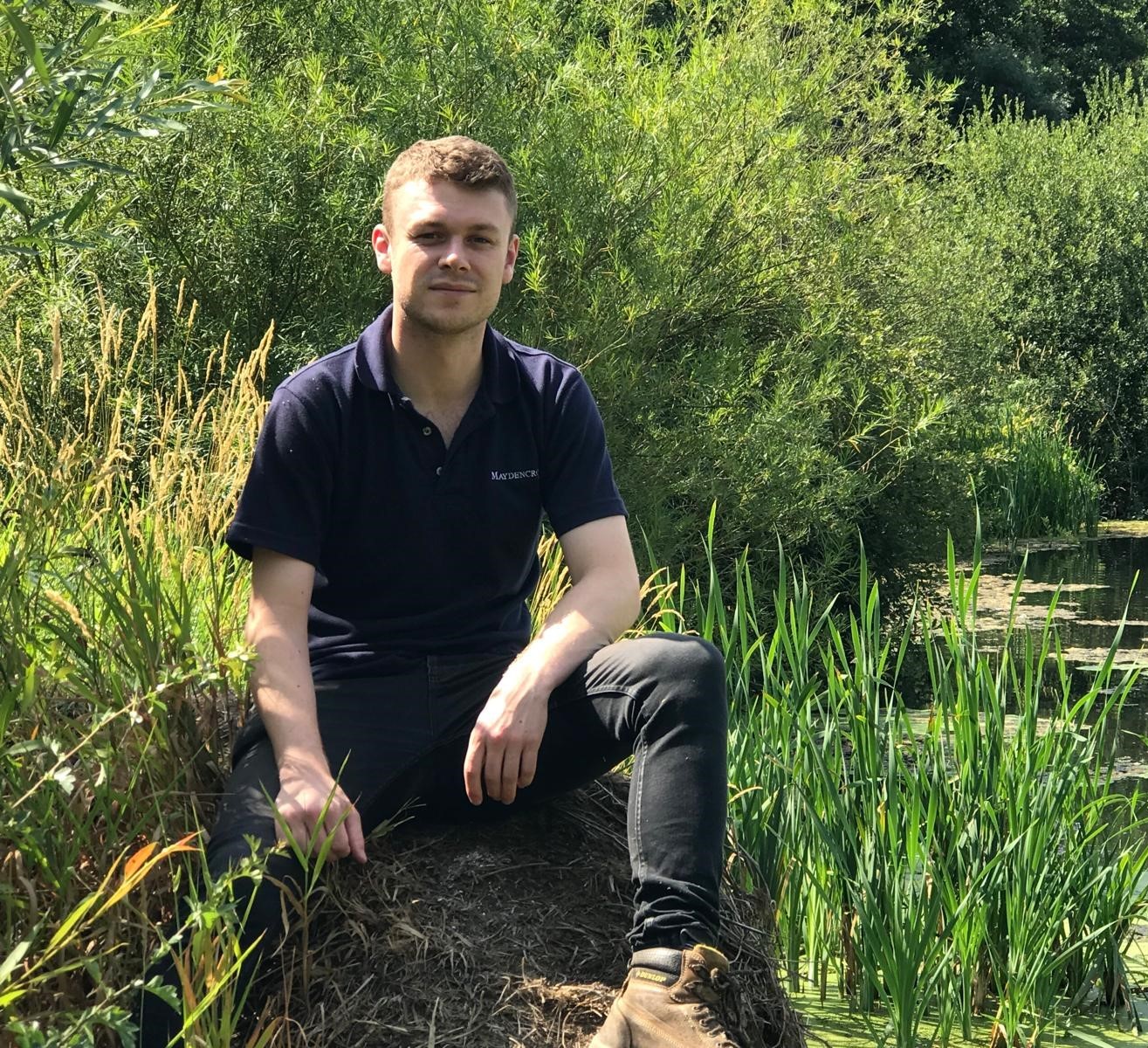
John Salisbury
Local Authority (LB Richmond upon Thames)
John Salisbury is an Ecology Officer at London Borough of Richmond upon Thames and Chair of London Amphibian and Reptile Group. He is responsible for the management of SINCs in Richmond and directs river restoration projects on the River Crane and Duke of Northumberland’s River. A core member of the Richmond Biodiversity Partnership, John leads on the Species Action Plans for Reptiles and Amphibians, Tower Mustard and White-letter Hairstreak.
Through voluntary work, John has built up a large network of contacts across Greater London and has connections with many of the city’s SINCs and conservation groups, supporting them with training, education, surveying, practical conservation and securing funding.
A SINC which is particularly close to his heart is Spitalfields City Farm in Tower Hamlets, an easily overlooked oasis of amphibian life, and a vital haven for a local community with limited access to open green space.
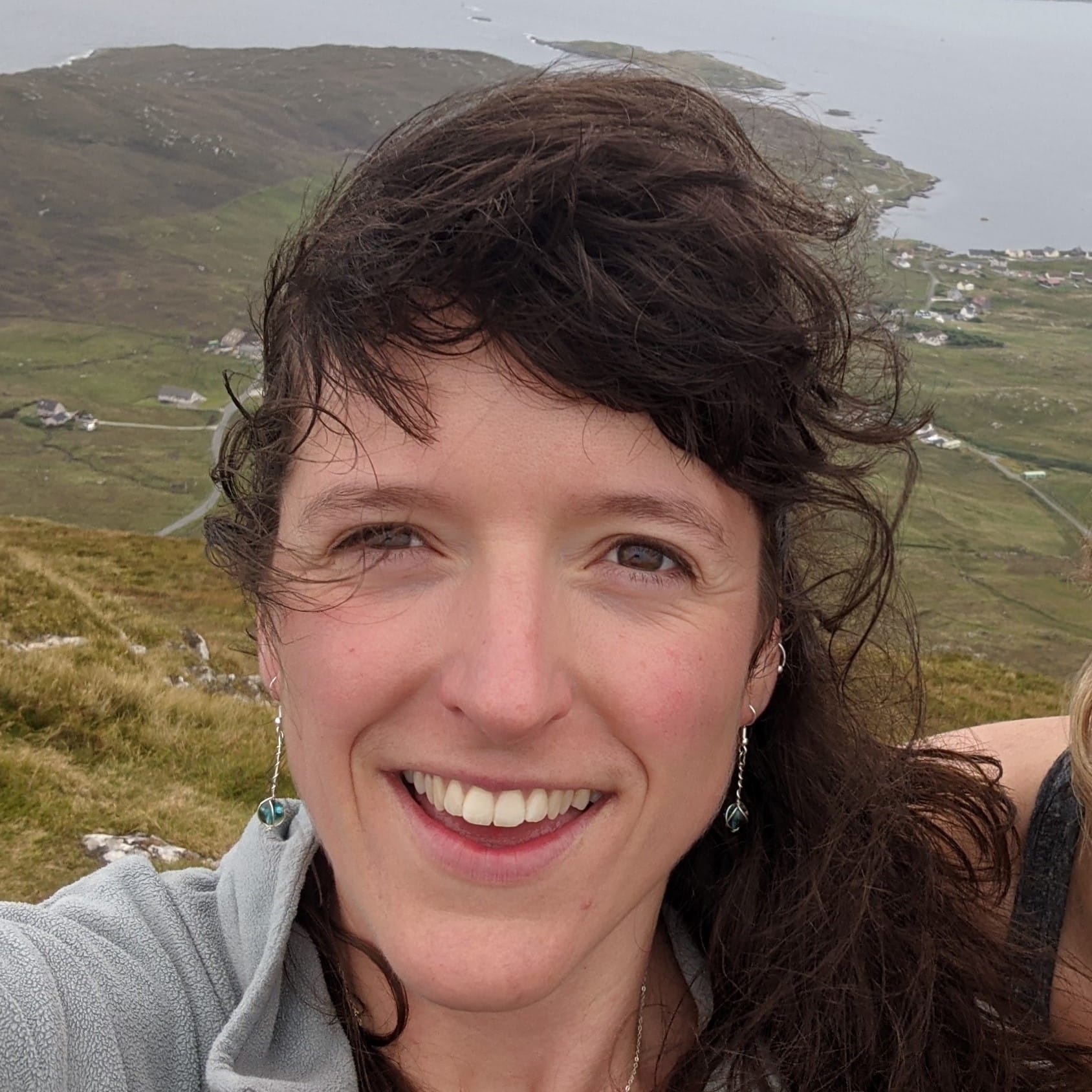
Phoebe Shaw Stewart
Local Authority (LB Hammersmith and Fulham)
Phoebe is passionate about enabling people to explore the outdoors to connect with nature and improve physical and mental wellbeing. As Ecology and Adaptation Lead at Hammersmith & Fulham Council, she works with colleagues throughout the council and borough to improve biodiversity and build resilience to climate change.
Phoebe previously worked as part of the estuaries and wetlands team at ZSL, managing citizen science projects that monitored river health and water quality. She also worked as an ecologist in Scotland, surveying bats, searching for otter spraint and getting the occasional glimpse of a pine marten. Working in an urban borough provides ample opportunity to surprise people about how much wildlife is on their doorstep.
SINCs are an amazing resource within London, and their variety of size and use is a testament to the diversity of the city. H&F have a fantastic range of SINCs, the largest and wildest being Wormwood Scrubs at the very north of the borough which provides a haven of nature with an urban cityscape in the background. However, some of Phoebe’s favourite SINCs are the smallest spaces, such as Godolphin Road Community Gardens, where you can sit peacefully and while the time away.
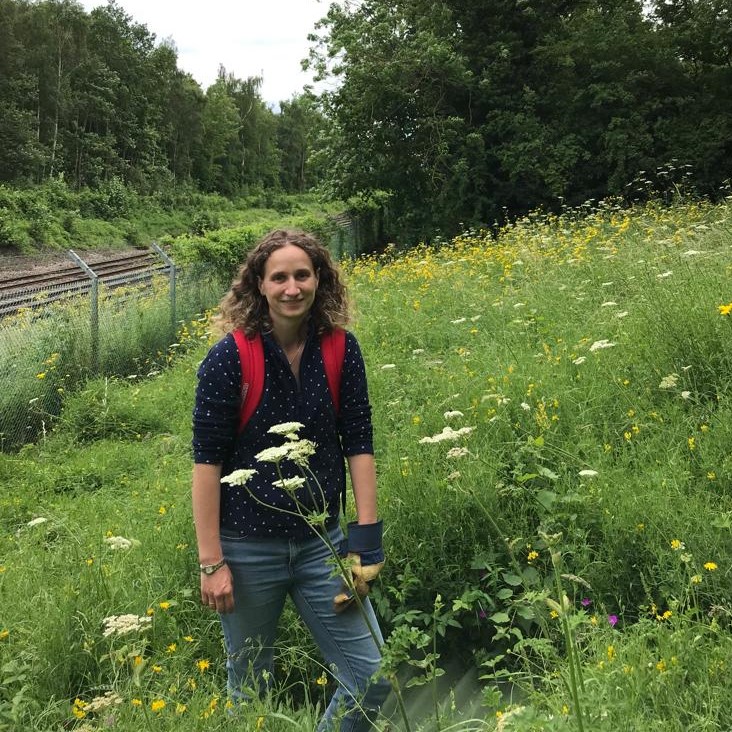
Eszter Wainwright-Déri
Local Authority (LB Lewisham)
Eszter is a Conservation Ecologist working at Lewisham Council’s Parks and Open Spaces Team since 2020. She works with colleagues and members of the Lewisham Biodiversity Partnership on improving Lewisham’s open spaces for biodiversity. Her role includes managing Lewisham’s nature reserves and offering expert ecological advice to local community groups and various Council departments, including planning, housing, and highways. Key projects include the successful delivery of Forster Memorial Park Ancient Woodland Improvement and Northbrook Park Wetlands projects.
Before joining Lewisham, Eszter worked at the Zoological Society of London (ZSL) on the SPOTT (Sustainability Policy Transparency Toolkit) project, focusing on palm oil, tropical timber, and natural rubber. Her previous experience also includes roles at Royal Botanic Gardens, Kew and Friends of the Earth Hungary. She completed her PhD research in the Hortobágy National Park, Hungary, focusing on grassland restoration and conservation management of grasslands.
Given her love of grasslands, a SINC of fondness for Eszter is Blackheath (MSINC) with its expansive grasslands.
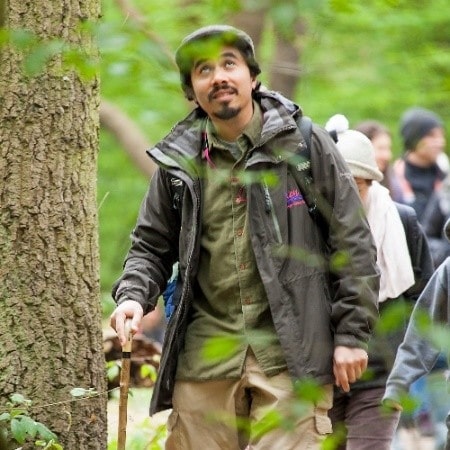
Francis Castro
Chair, Regional Authority (GLA)
Francis Castro is an Ecologist and Local Authority Officer of over 20 years’ experience. He is a veteran of conservation and environmental policy in London and since 2023, works as a Biodiversity specialist at the Greater London Authority, overseeing preparation of the London Natural Recovery Strategy (LNRS). He is current chair of the London Wildlife Sites Board (LWSB), co-chair of the London Invasive Species Initiative (LISI) and Trustee of the Epping Forest Heritage Trust (EFHT).
Previously he worked for the London Borough of Redbridge and Vision RCL for over 17 years, leading the Nature Conservation Team, managing a team of Rangers delivering a wide range of projects. This included community engagement, volunteering opportunities and grounds maintenance to the Sites of Importance for Nature Conservation (SINCs) of the Borough. He also provided specialist ecological support to the Local Authorities planning, highways, regeneration and community engagement teams.
Key projects include the successful preparation and delivery of the Redbridge Biodiversity Action Plan, and successful bid to the National Lottery Heritage Fund, to restore the SSSI, LNR and Metropolitan SINC, Hainault Forest.
A SINC of fondness for Francis, is Claybury Park and its ancient woodland, which he managed for over 17 years.
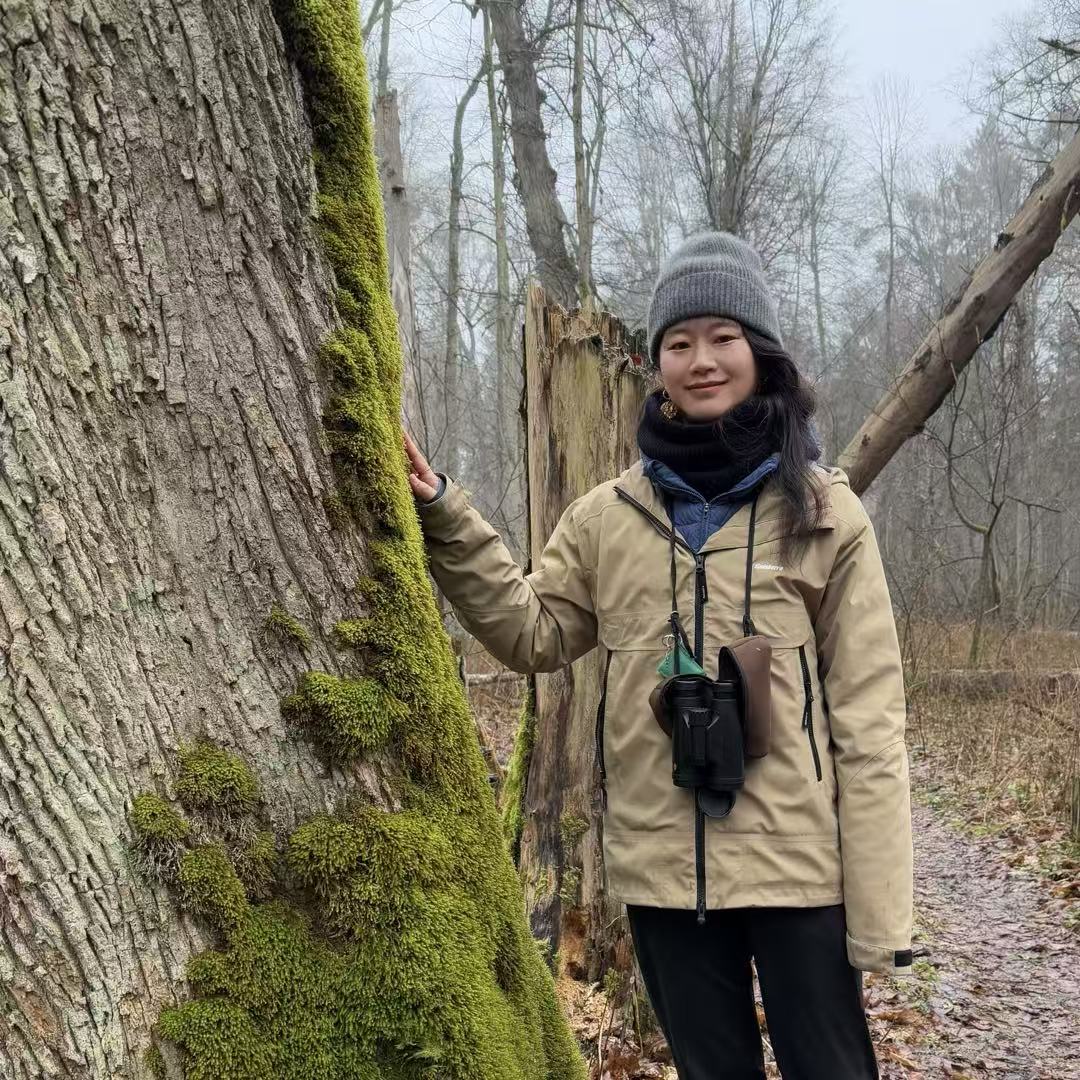
Cassandra Li
Local Authority (LB Hackney)
Cassandra Li is an ecologist trained in conservation ecology and environmental law, with practical experience developing and implementing biodiversity policy and nature restoration projects.
She leads borough-wide Local Nature Recovery initiatives at the London Borough of Hackney, working closely with regional partners to enhance ecological connectivity. She is a trustee of London Natural History Society and co-organiser of London Bryophyte Group and London Lichen Group.
Previously, she held leadership roles at The Conservation Volunteers, overseeing urban ecological management, volunteer programmes, and community engagement in Haringey. Her earlier experience includes developing climate change policy initiatives in China.
A SINC she is particularly connected to is Railway Fields Nature Reserve, a small oasis in bustling Green Lanes, where she began her biodiversity career in the UK.
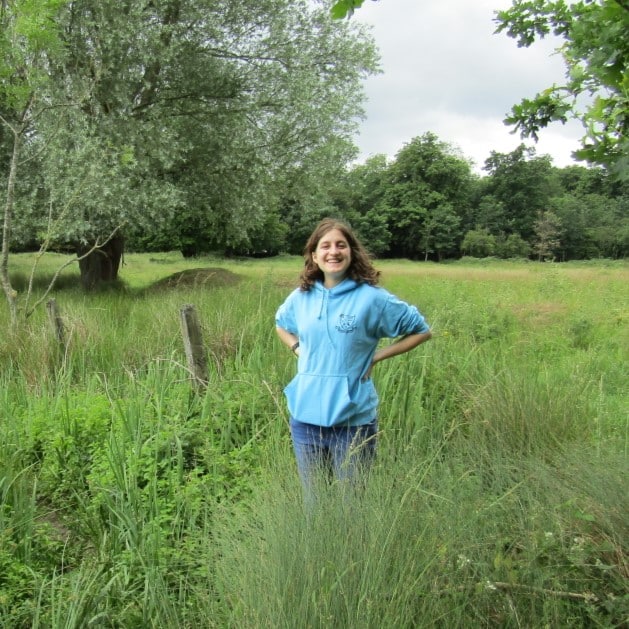
Amy Palmer-Newton
Secretariat, LERC (GiGL)
As the Senior Data & Systems Officer at Greenspace Information for Greater London CIC (GiGL), Amy has managed the London-wide SINC dataset since 2020, alongside proposed SINCs and Area of Deficiency in Access to Nature. In this role, Amy has built relationships with a diverse range of partners, from London’s Planning Authorities to community groups. She works to uphold high data standards and maintain robust systems that support this critical network of sites, helping to ensure these vital spaces are understood, valued, and preserved.
Amy has a keen interest freshwater ecology, developed during her time with the International Union for the Conservation of Nature (IUCN), where she worked alongside global experts to assess species extinction risk and identify Key Biodiversity Areas. She also has a love for conservation communication and a bit of a soft spot for birds developed during internships with ZSL’s Education department and BirdLife International, respectively.
Growing up in east London, Amy was fortunate to have access to many SINCs right on her doorstep. Among her favourite sites are Dagnam Park and Hatter’s Wood, where she made many cherished memories exploring the woods and ponds, and Bedfords Park, where she once volunteered in the (rather lovely) visitor centre.
Jon Skoyles
Local Authority (LB Ealing)
After training as a Volunteer Officer with The Conservation Volunteers (TCV) in 2005 Jon became a Project Officer the following year, delivering practical conservation and a Green Gym. He subsequently took his current role as a Ranger for Ealing Council, directly overseeing approximately 96 ha of parks and green spaces, and undertaking biodiversity improvements to nature conservations areas. Once in-post he studied Countryside Management (Protected Areas) MA at Birkbeck College, wrote several site management plans and updated the borough Biodiversity Action Plan. In 2018 he began the borough SINC resurvey, working with Arup in 2024 on the Local Plan Regulation 18 consultation, and in 2025 coordinated the SINC Local Board consultation, adding 40 new areas to the network.
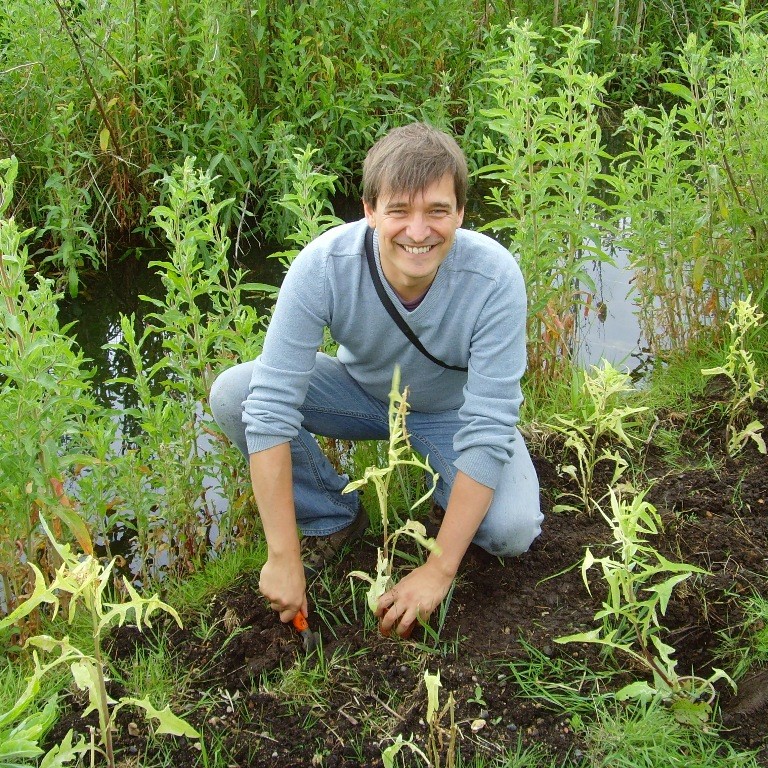
Dr Mark Spencer
Environmental NGO (London Natural History Society)
Mark has been studying London’s plant-life for over 25 years. In the past, he worked for the London Wildlife Trust as a Habitat Surveyor undertaking SINC reviews; he continues to support and advise local groups and communities on the SINC review process and the importance of recording nature. For twelve years he was Senior Curator of the British and Irish Herbarium at the Natural History Museum, during which time he instigated or collaborated on a number of projects on Invasive Species and Climate Change. Mark helped establish the London Invasive Species Initiative (LISI). Currently, he is an independent botany consultant and the London Natural History Society’s Vascular Plant Co-recorder and the Botanical Society of Britain and Ireland’s Middlesex Vice-county Co-recorder; in these roles he is leading a project to publish a New Flora for the London Area and in preparation for that has recently completed work to produce Axiophyte (indicator species) and Red lists for Greater London and Middlesex’s increasingly threatened plant-life.
Mark fell in Love with Crayford Marsh and the adjoining area in the early 2000s while undertaking habitat surveys for Bexley’s SINC review. The Marsh has a fascinating and complex human history and still retains some of London’s most notable ancient landscape. The area remains under-recorded, particularly for invertebrates but is probably worthwhile of SSSI designation. The area also hosted, until its recent extinction at the hands of thoughtless management, one of London’s rarest plants – Marsh Sowthistle (Sonchus palustris). Thankfully, seed was saved and the plant has been introduced to several nearby sites.

Rosie Whicheloe
Local Authority (LB Brent)
Since moving to London over 10 years ago, Rosie was a private consultant and undertook a range of SINC reviews for LB Southwark, Lambeth and Lewisham. As a consultant with the London Wildlife Trust, her work on the Hackney’s SINC review, also involved preparation of London’s very first Borough level, Local Nature Recovery Plan. As a resident of Newham, Rosie has experienced the SINC review process from a different perspective, specifically engagement with the community, a particular passion for Rosie, being part of a 60 strong community garden network. Rosie has since worked for LB of Sutton for two years, being involved in land management and monitoring surveys of the mostly chalk grassland SINCs. Now at LB of Brent, she is lead in Ecology/BNG in the planning department. As a landscape ecologist and advocate for community engagement, Rosie has experience of the SINC review process from many angles.
With no preferred SINC, Rosie favourite animal character is Slime Mould: because she thinks in networks and systems not sites or species, and her plant character is Red Valerian; Because she’s tried countless times to establish the plant in her garden but without much success. It’s got attitude, debunking typical behaviour, doing what it wants, not what people want it to do.
